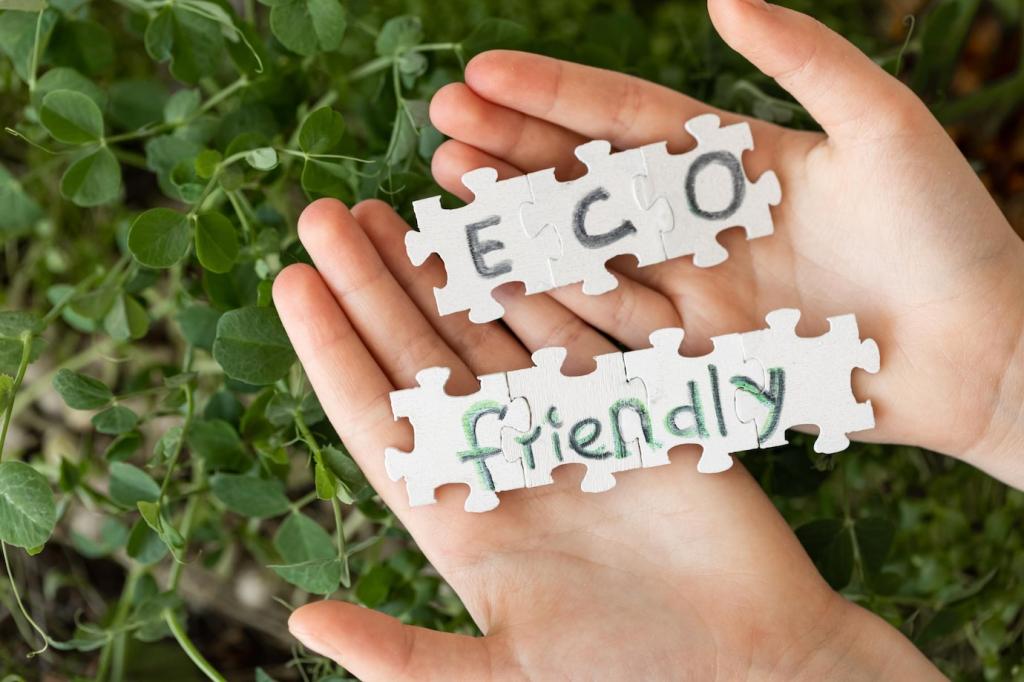Designing Your Eco-Friendly Podcast Narrative
Start with a concrete shift: reduced plastic at a market, restored wetlands, or a school composting win. Let every segment serve that aim. Invite listeners to pledge one small action at the end, then share results on social media so their progress becomes part of your ongoing story.
Designing Your Eco-Friendly Podcast Narrative
Data persuades, but characters persuade longer. Follow a beekeeper through a season, a city planner during hearings, or a student leading a waste audit. Ask your audience which voices they want to hear next, and collect questions to shape the interview follow-ups in an upcoming episode.
Designing Your Eco-Friendly Podcast Narrative
Build tension with obstacles—drought, permits, budget gaps—then release it with inventive, practical solutions. End with a clear takeaway, resource links, and a gentle nudge to subscribe. Encourage comments on what felt hopeful or unclear, and promise to address top listener notes in the next show.
Designing Your Eco-Friendly Podcast Narrative
Lorem ipsum dolor sit amet, consectetur adipiscing elit. Ut elit tellus, luctus nec ullamcorper mattis, pulvinar dapibus leo.




